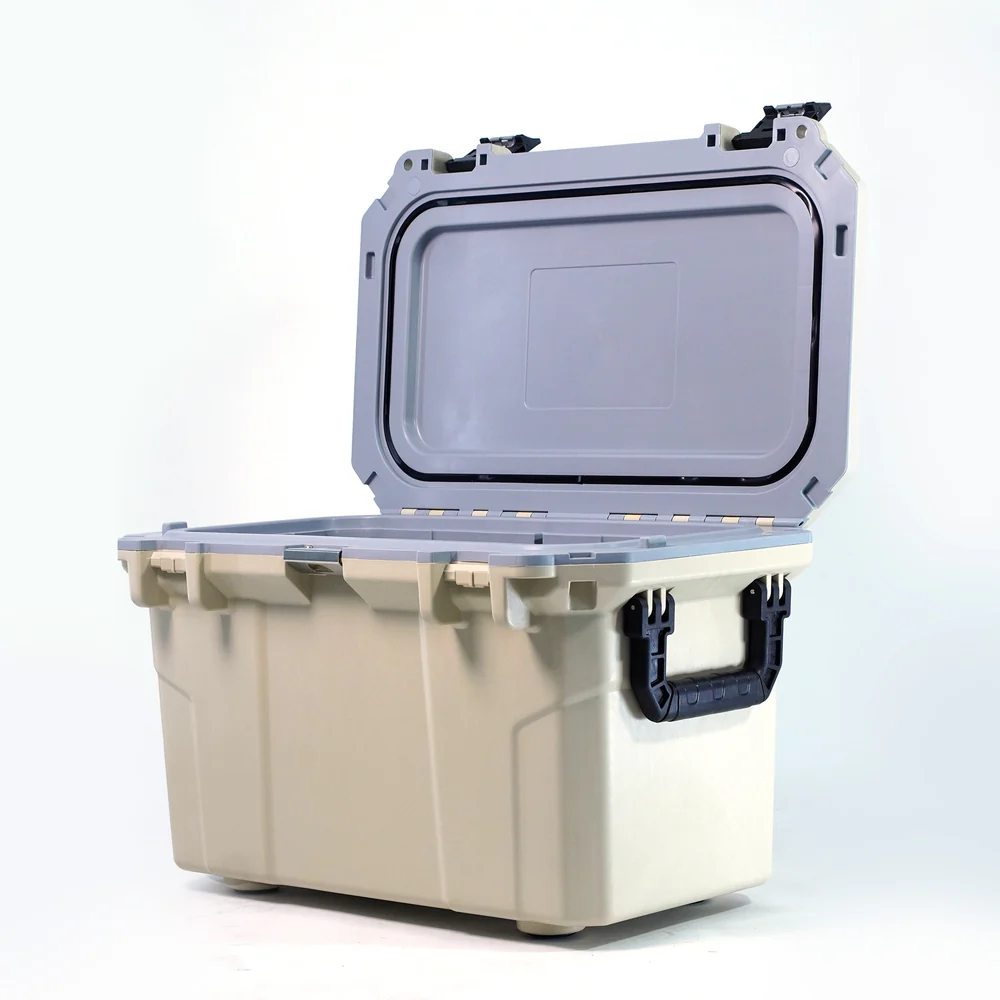Introduction to System Security and Monitoring Services
System security and monitoring services are essential for businesses aiming to protect their digital infrastructure. In an era where cyber threats are increasingly sophisticated, organizations require continuous monitoring and proactive defense mechanisms. System security and monitoring services ensure that all servers, endpoints, and cloud environments remain secure while maintaining compliance with regulatory standards.
Importance of Compliance in System Security and Monitoring Services
Compliance plays a pivotal role in modern IT management. Regulatory requirements demand proper logging, auditing, and reporting of system activities. System security and monitoring services facilitate compliance by recording detailed logs of user actions, system changes, and network events. This ensures that businesses can quickly produce reports for auditors and regulatory authorities while minimizing the risk of penalties or security breaches.
Key Components of System Security and Monitoring Services
Continuous Monitoring
Continuous monitoring is a core aspect of system security and monitoring services. By constantly observing network traffic, user behavior, and system performance, organizations can detect anomalies and potential threats in real-time. Continuous monitoring allows IT teams to respond immediately to incidents, reducing downtime and mitigating risks.
Automated Logging
Automated logging is another critical component of system security and monitoring services. This process captures all system activities automatically, eliminating human error and ensuring accuracy. Logs can include file access, system configuration changes, and user logins, providing a complete audit trail for compliance purposes.
Threat Detection and Response
System security and monitoring services integrate advanced threat detection tools to identify malware, intrusions, and unauthorized access attempts. By analyzing logs and monitoring data, these services can detect suspicious activities early, allowing for swift incident response. Proactive threat detection helps prevent data breaches and safeguards sensitive information.
Benefits of Implementing System Security and Monitoring Services
Enhanced Security Posture
Implementing system security and monitoring services significantly enhances an organization’s security posture. Real-time monitoring, automated alerts, and comprehensive audits provide visibility into potential risks, enabling IT teams to act proactively. Businesses can reduce vulnerabilities and strengthen their defenses against cyber threats.
Compliance Assurance
System security and monitoring services simplify regulatory compliance by maintaining detailed logs and audit trails. These services ensure that organizations meet standards such as GDPR, HIPAA, and ISO 27001, reducing the burden on internal teams. Compliance-ready logging enables seamless audits and demonstrates a commitment to data protection.
Operational Efficiency
By automating monitoring and logging processes, system security and monitoring services improve operational efficiency. IT teams spend less time manually tracking system activities, allowing them to focus on strategic initiatives. Efficient monitoring reduces the likelihood of overlooked threats and ensures smooth business operations.
Real-Time Alerting and Incident Management
System security and monitoring services provide real-time alerting mechanisms to notify IT personnel of unusual activity. Alerts can be configured for various thresholds, such as failed login attempts, unauthorized file access, or abnormal network traffic. Immediate alerts enable rapid incident response, minimizing the impact of security breaches. Incident management workflows integrated within these services ensure that each alert is tracked, investigated, and resolved efficiently.
Auditing and Reporting Capabilities
Auditing and reporting are vital features of system security and monitoring services. These services generate comprehensive reports detailing system activities, user behavior, and security events. Audit logs support internal reviews, compliance assessments, and forensic investigations. By maintaining detailed records, businesses can identify patterns, detect irregularities, and demonstrate accountability to stakeholders.
Cloud and On-Premises Monitoring
System security and monitoring services are designed to protect both cloud and on-premises environments. Cloud monitoring ensures the security of virtual resources, applications, and data stored in public or private clouds. On-premises monitoring covers local servers, endpoints, and network infrastructure. Unified monitoring across hybrid environments provides consistent visibility, reduces blind spots, and enhances overall security posture.
Choosing the Right System Security and Monitoring Services Provider
Selecting the right provider for system security and monitoring services is crucial. Businesses should look for providers offering scalable solutions, real-time monitoring, compliance-ready logging, and comprehensive audit capabilities. Providers with expertise in threat intelligence, incident response, and regulatory compliance ensure that organizations are protected from evolving cyber risks.
Conclusion
System security and monitoring services are indispensable for modern businesses aiming to secure their digital environments while ensuring regulatory compliance. By offering continuous monitoring, automated logging, real-time alerts, and robust auditing capabilities, these services provide comprehensive protection for both cloud and on-premises systems. Implementing system security and monitoring services strengthens security posture, improves operational efficiency, and guarantees compliance readiness, making them an essential investment for any organization.




